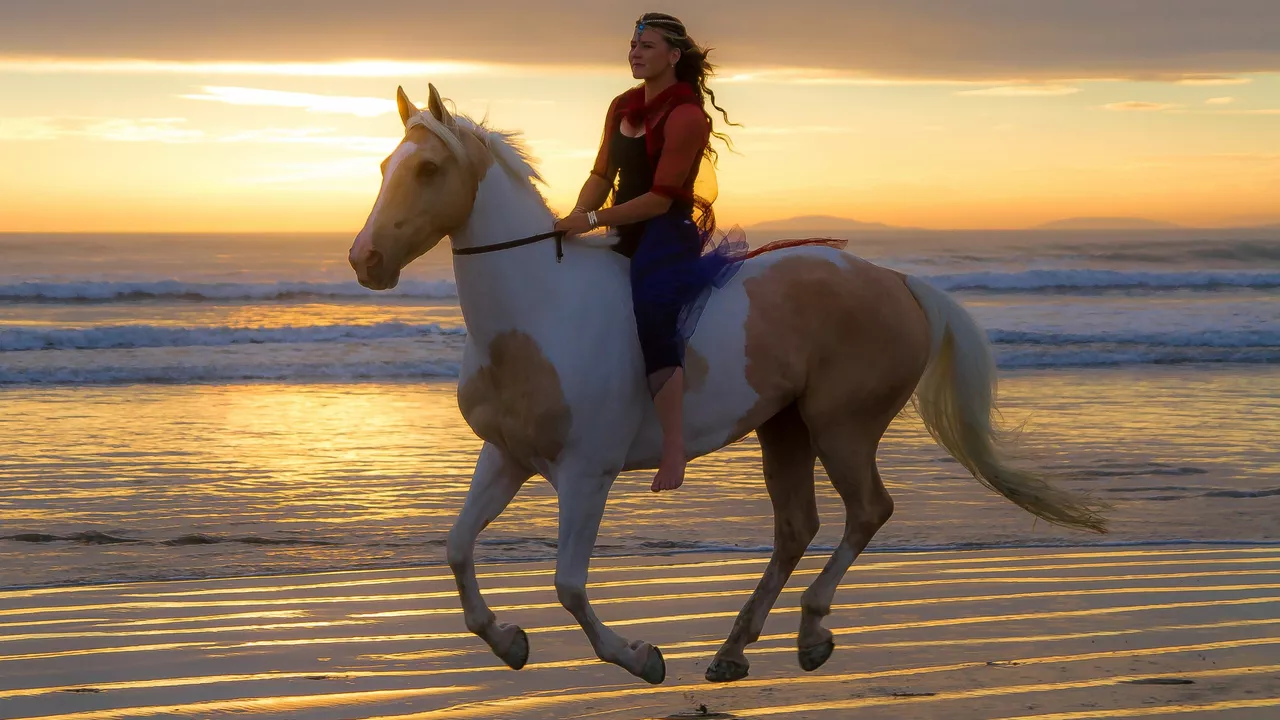Understanding Horse Anatomy
First on the agenda for our comprehensive dive into everything equine, we need to talk about horse anatomy. See, most of us look at a horse – a strong, mighty animal, stampeding with a weight of up to 2200lbs – and we believe it can handle pretty much anything; our tiny human weight wouldn't be a problem, right? Well, it's not that simple. Why? It all goes back to the structure of the horse itself.
The spine of the horse is a complex system of bones, ligaments, muscles, and tendons that work in unison to carry both the weight of the horse and any additional burden such as a rider. Remember Mrs. Dunhill from biology? She explained how our human vertebrae can easily absorb shocks due to our upright stature, but a horse's spine? That's a whole different ball game.
The Factors of a Comfortable Ride
Now taking a stroll down to the stables with my German Shepherd, Roxy and Maine Coon, Dexter, I’ve seen those big-hearted stallions and gentle mares, and I've always wondered how they feel when we hop on for a ride. The truth is, horses enjoy human company and interaction. However, there are factors to consider for a comfortable horseback ride. It's like that big, comfy armchair you have. Throw on too many cushions, and suddenly, it just doesn't feel right, does it?
Horse weight, rider weight, equipment weight, and how the rider balances themselves - these are all significant factors for a comfortable ride. It's like Goldilocks and the three bears, everything has to be just right. Add to that the horse's fitness level and how well-trained it is, and we're starting to get a picture of the many variables that affect whether or not a horse feels discomfort when ridden.
The Importance of Proper Riding
Proper riding, oh boy, I'll never forget my hilarious first riding lesson. I stepped up, certain I was going to impress Clara with my hidden cowboy skills. Spoiler alert – I didn't. It turns out that proper riding requires more than a checked shirt and a hat; it's about technique, balance, intuition, connection, understanding, and above all, respect for our equine friends.
When a horse is ridden improperly or by an inexperienced or an overly heavy rider, it can lead to discomfort and sometimes even pain. The stress on their back and their legs, as well as the potential for incorrectly fitted equipment, can cause a wide range of issues, including muscle strain and tissue damage. Thus, understanding how to ride correctly is akin to asking your in-laws for the Wi-Fi password- it’s fundamental.
The Role of Tack
Moving right along with our topic of the day, let's discuss the horse’s equipment or 'tack', as it's known among the horse-riding aficionados. The saddle, bridle and harness all play a critical role in determining whether a horse feels discomfort or not when carrying a rider.
Just like you wouldn’t wear hiking boots two sizes too small, a horse shouldn’t be wearing improperly fitting tack. A saddle that's too tight, too loose, or not correctly positioned can cause discomfort, chaffing, and pressure sores. A poorly fitted bridle can apply undue pressure on the horse's mouth and head. Trust me, being mindful of these things makes all the difference.
Caring for your Horse's Back
Clara wisely once stated, "Taking care of a horse is like treating yourself to a spa day, Darius. It's about investing the best care, love, and attention in every single detail." Wise words from a wise woman, indeed. And in this aspect, equine care revolves around maintaining the health of our horse's back, ensuring it's free from any pain or soreness.
Regular check-ups from an equine chiropractor or a physiotherapist will go a long way in maintaining the health of your horse’s back. After all, just like us, a good massage doesn’t just feel good, it works wonders on well-being!
Signs that your Horse might be in Pain
I've learned from experience that understanding horse behavior is a bit like trying to decipher Clara’s moods (don't tell her I said that). You need to observe, listen, and learn to interpret the signs. Each horse will exhibit different signs when they’re in pain, but some common cues include changes in behavior, resistance to being ridden or wearing tack, lameness, and general discomfort. So, being attentive to these subtle signs is a critical part of caring for your horse.
Creating a Win-Win Scenario
To round off our little horse riding 101, it's essential to remember that creating a winning scenario for both horse and rider is not just desirable, it's an absolute must. Horse riding can be a rewarding and pleasurable experience, but it has to be undertaken responsibly, with utmost care for our horse's comfort, physical and emotional well-being.
Because in the end, whether you're a cowboy, a novice, or a weekend hobbyist like me, the bond we share with our equines is a remarkable thing. Take care of them, and they'll reward you with loyalty, companionship, and many years of riding pleasure. At least, that's what I keep telling Dexter every time Roxy drags him along on our trips to the stable.

